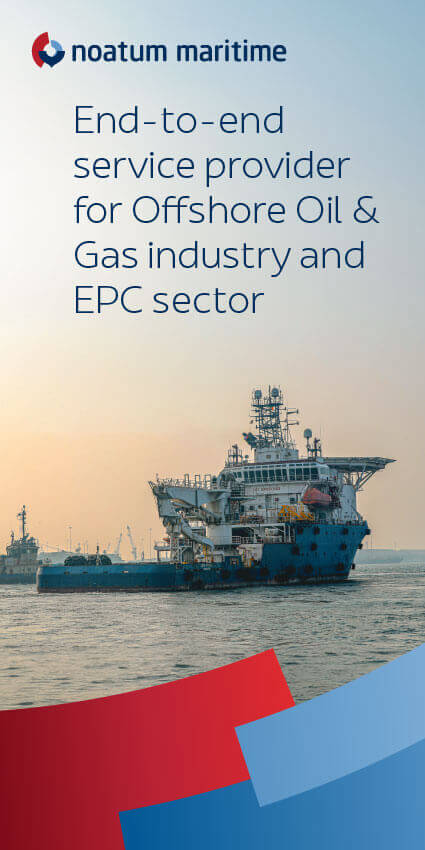Ampelmann has introduced its Atlas motion-compensated lifeboat exchange system to the oil and gas industry, aiming to achieve a faster, safer and more cost-effective offshore access solution
The Atlas system can be used to transfer large pieces of equipment and delicate or complex cargo as well as replacing lifeboats to meet personnel on board (POB) requirements.
Currently, many lifeboats on fixed oil and gas installations and floating platforms are inaccessible by in-situ cranes, implying that lifeboats are lowered in the sea, navigated to a vessel and lifted by crane onto the ship’s deck. This traditional ‘wet’ transfer can be carried out in near-perfect weather and sea conditions and can lead to significant vessel downtime and risk to personnel performing the transfer operation. In addition to this, it puts the allowable POB limit at risk, said Ampelmann.
“The Atlas system involves the lifeboat being lowered directly onto the cradle of an active heave compensated installation system located on the deck of the supply vessel. The hexapod absorbs any vessel movement in significant wave heights up to 3.5m, while the davit retrieves the lifeboat from a fixed horizontal position. It can also be used for multiple change outs across several assets within the same operation, both on conventional and free-fall lifeboats,” according to the company.
The International Maritime Organisation (IMO) has imposed new regulations to improve safety at sea, which states that lifeboat release and retrieval systems must be evaluated and replaced by 1 July 2019. The industry experts said that this is expected to involve the complex and costly removal, retrofit and replacement of lifeboat systems globally.
Lorenz Nehring, business development manager at Ampelmann UK, said, “The IMO deadline is a call to action to ensure that lifeboats are re-hooked, fit for purpose and of the highest safety specifications. The industry would be prudent to prepare and plan now to carry out the potentially risky operation of removing, upgrading and replacing lifeboat release and retrieval systems without affecting downtime and safety to personnel.”
Ampelmann looks forward to support this initiative to ensure that replacement of lifeboat release and retrieval systems are carried out efficiently, without impact to safety and day-to-day operations, Nehring added.










